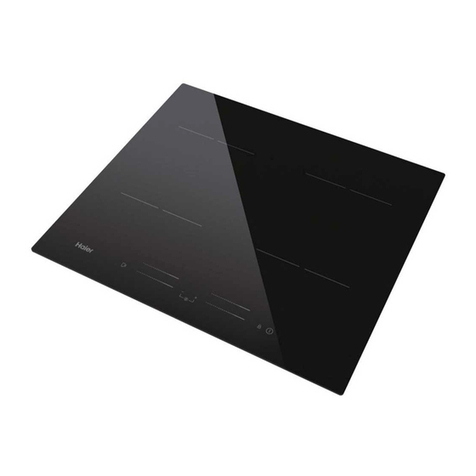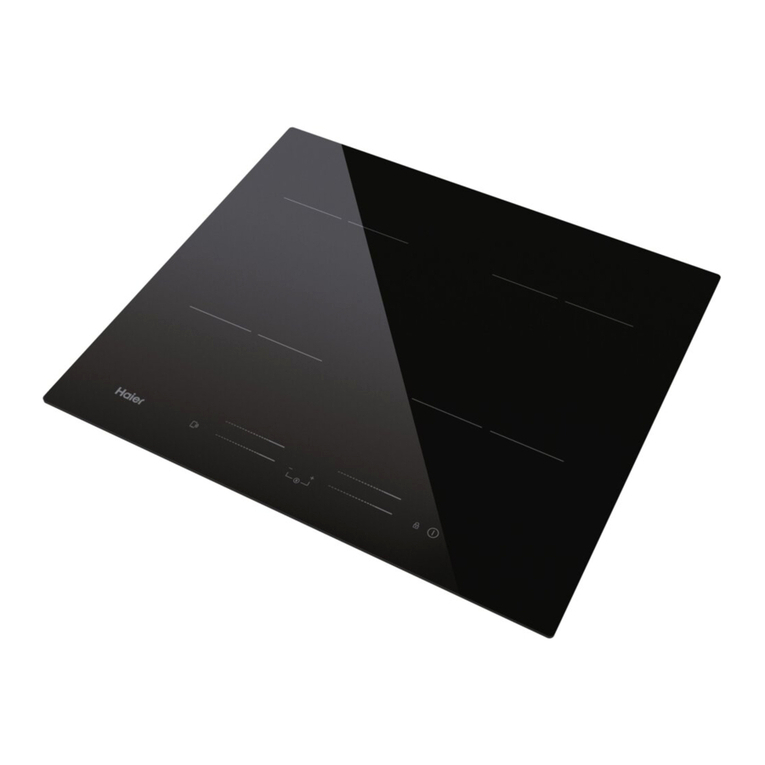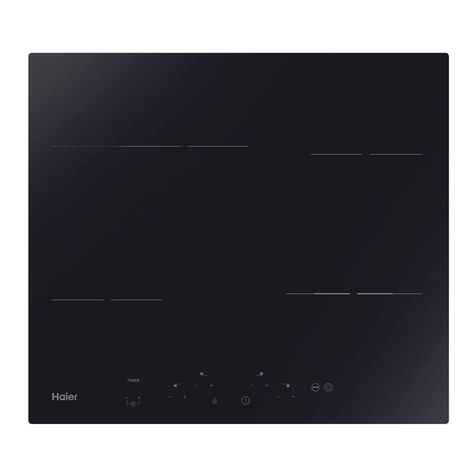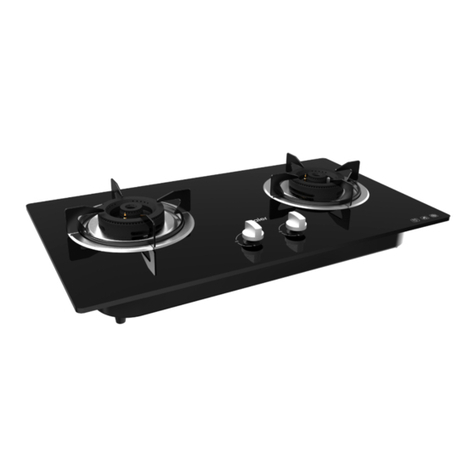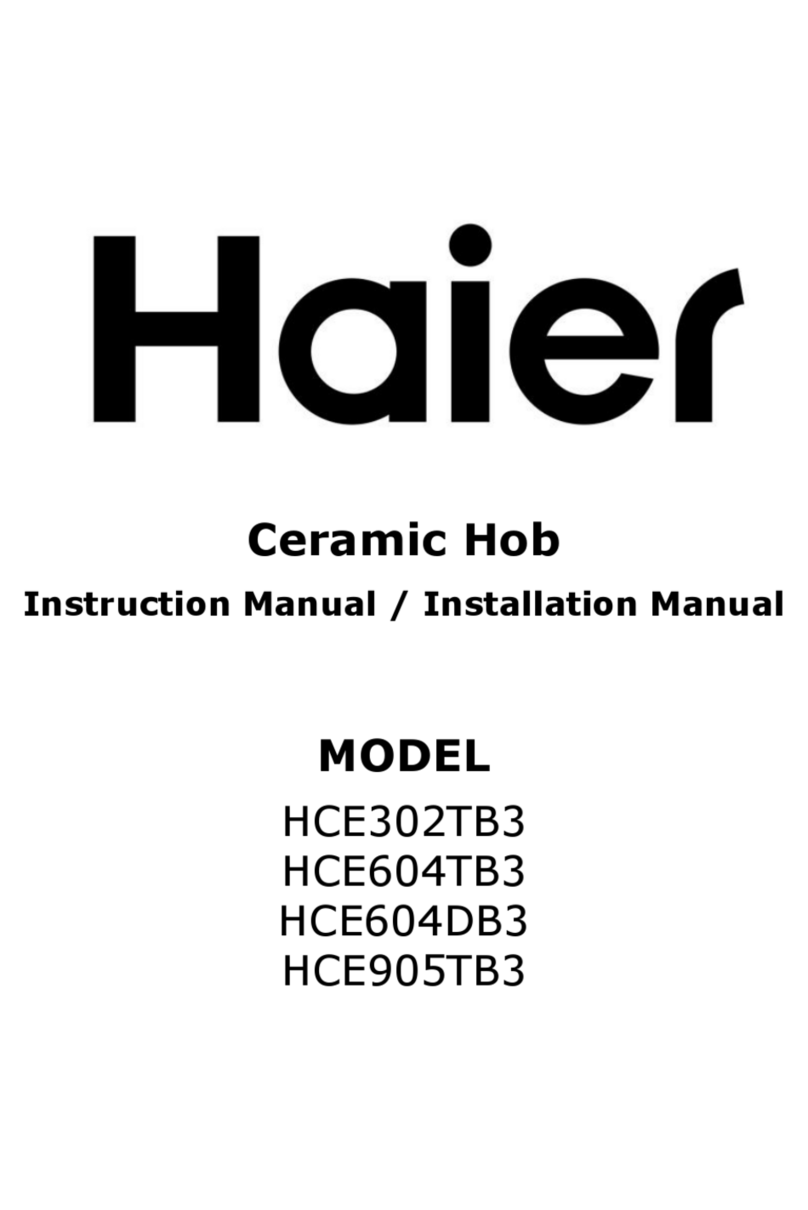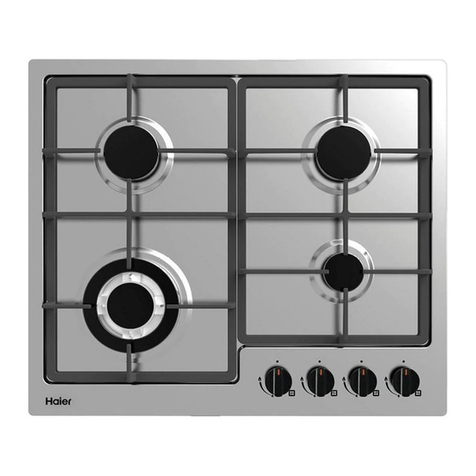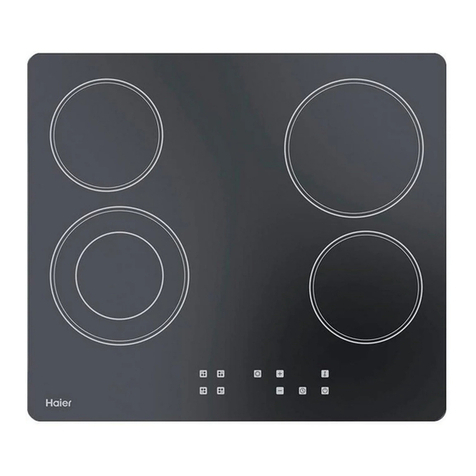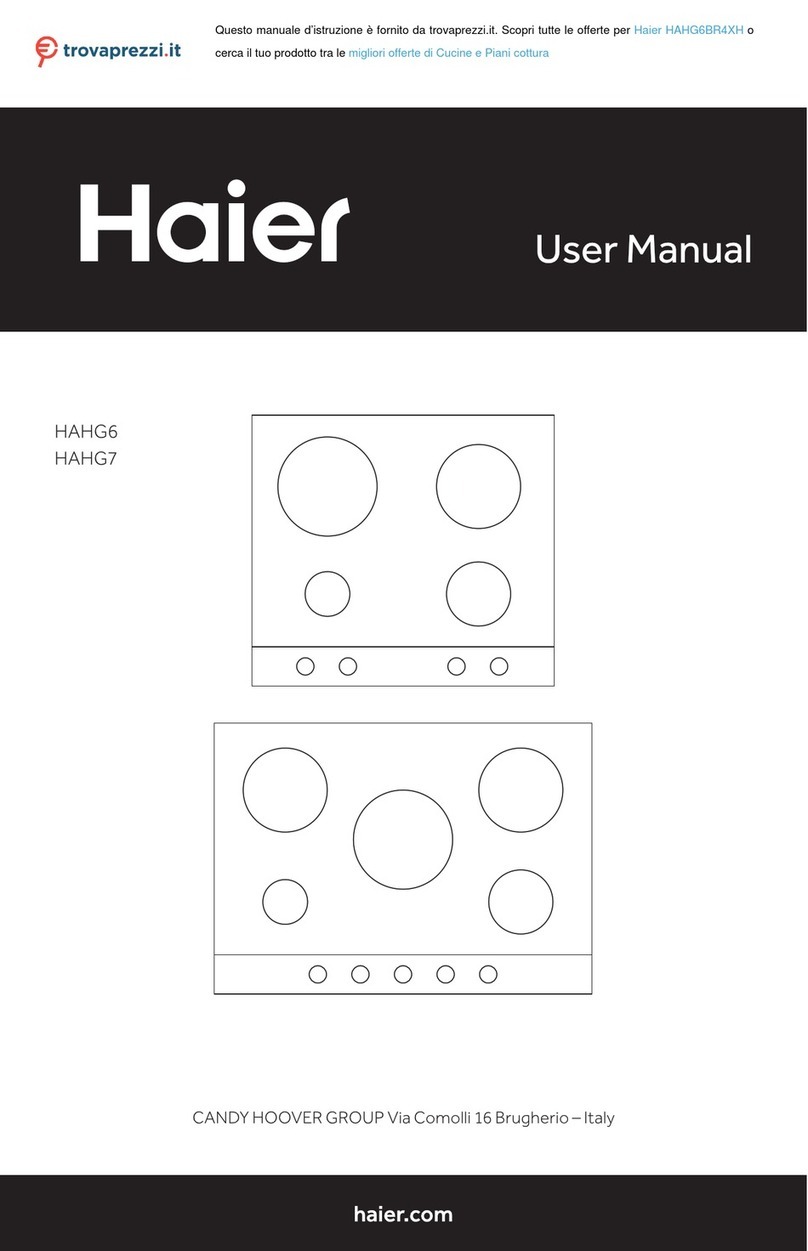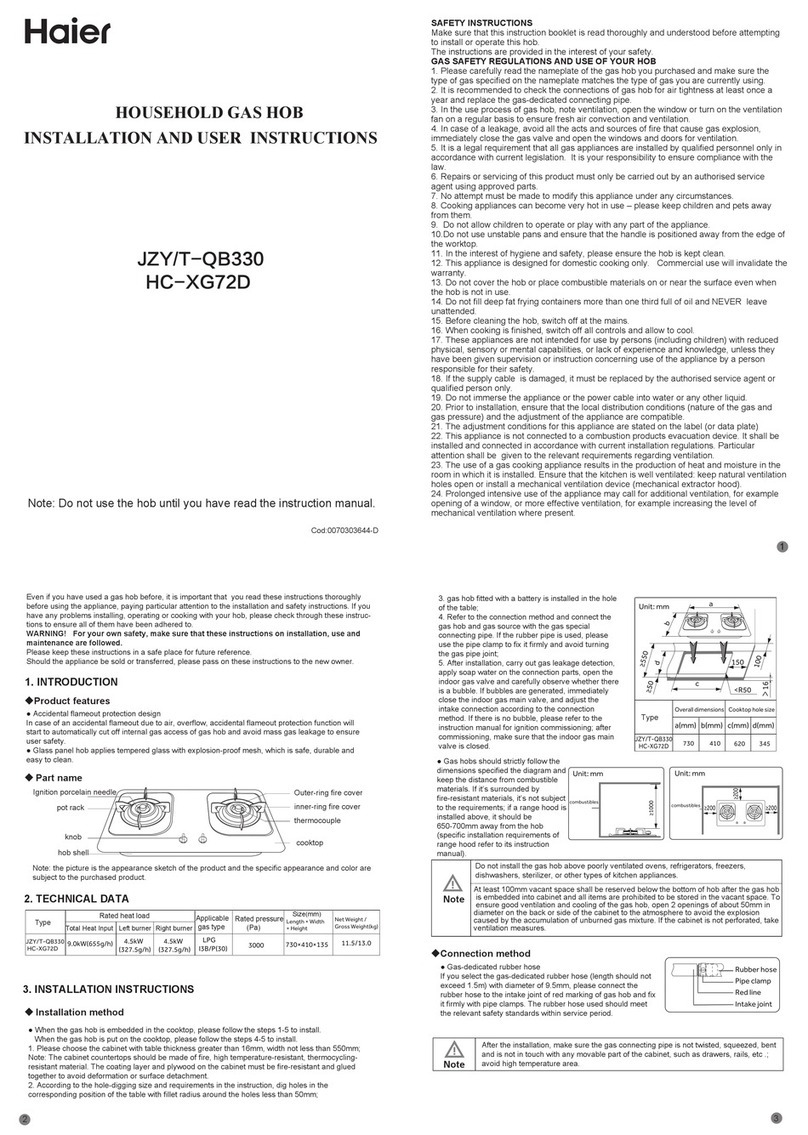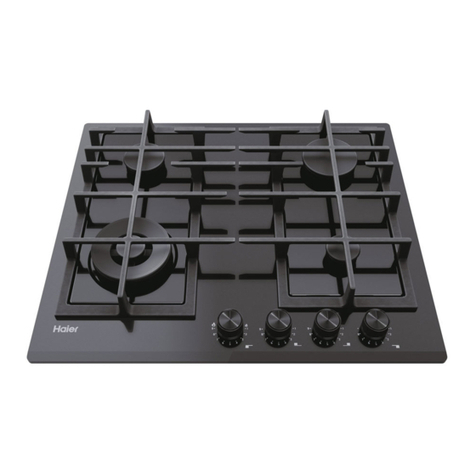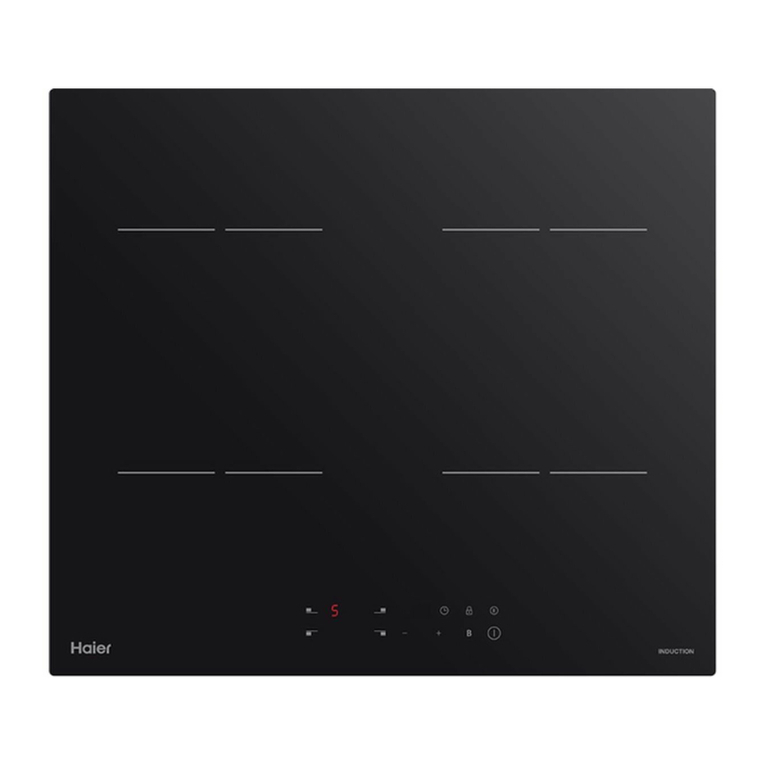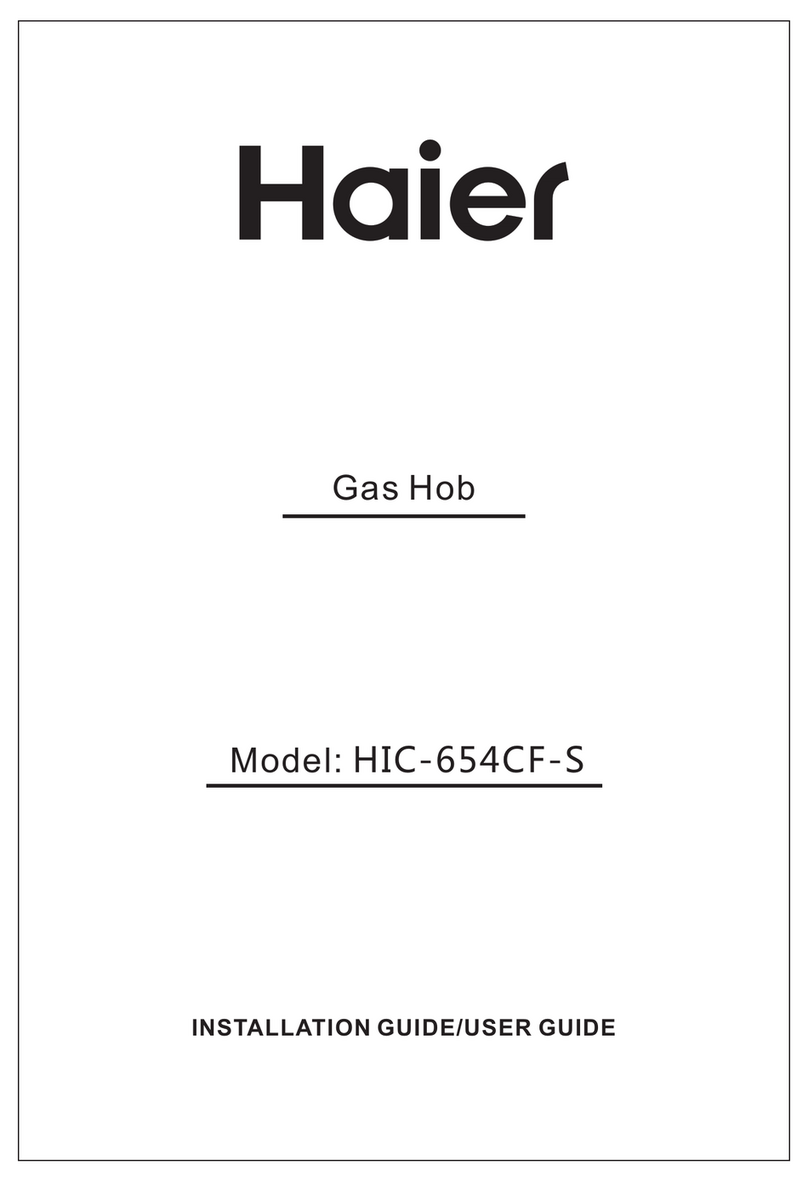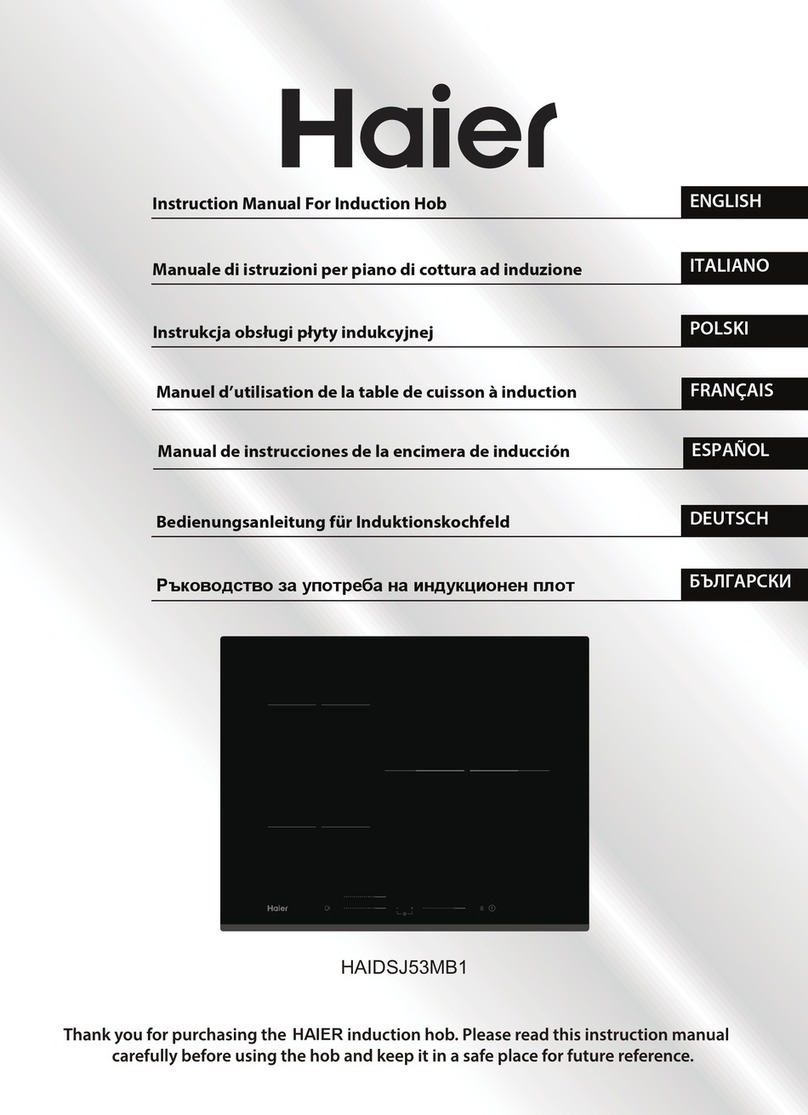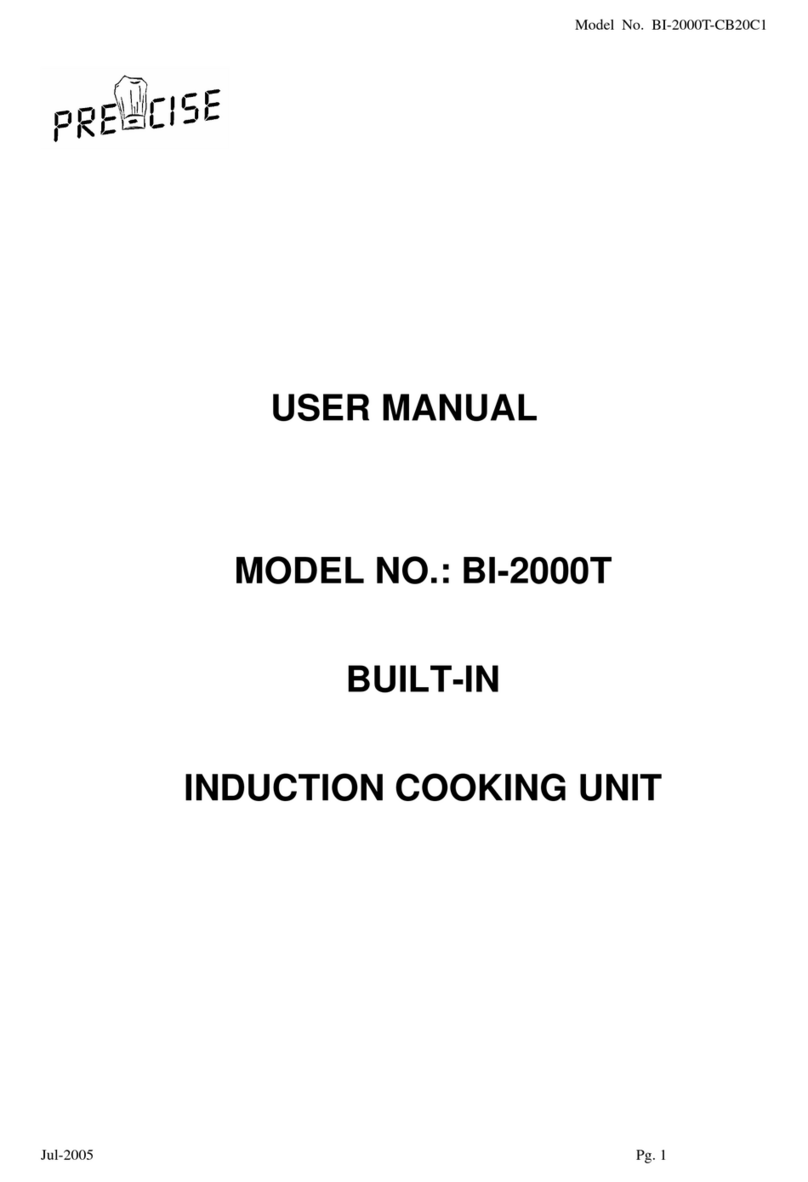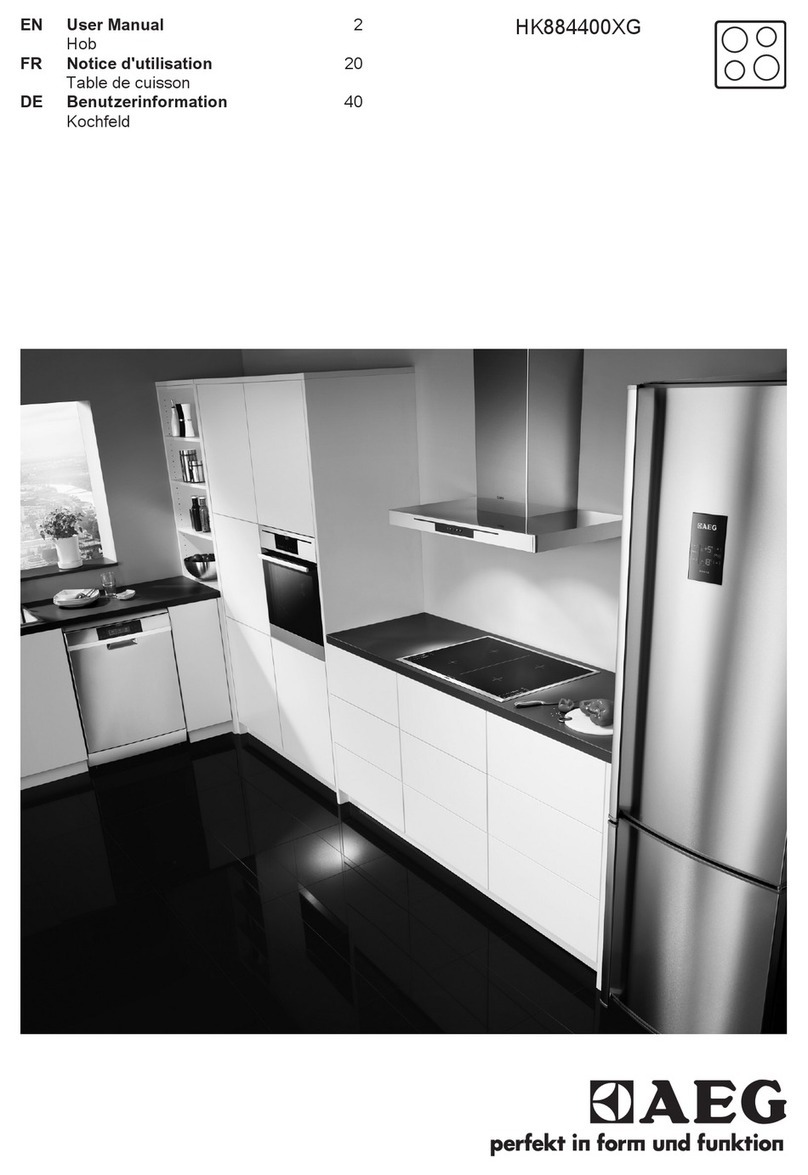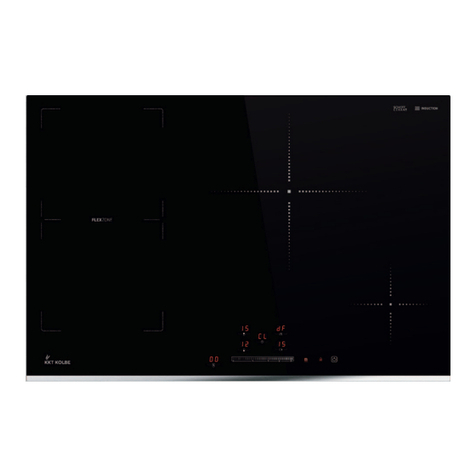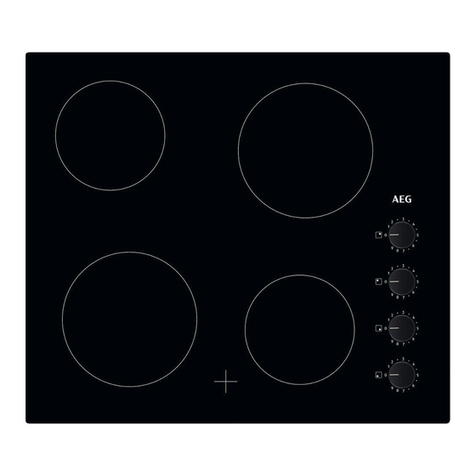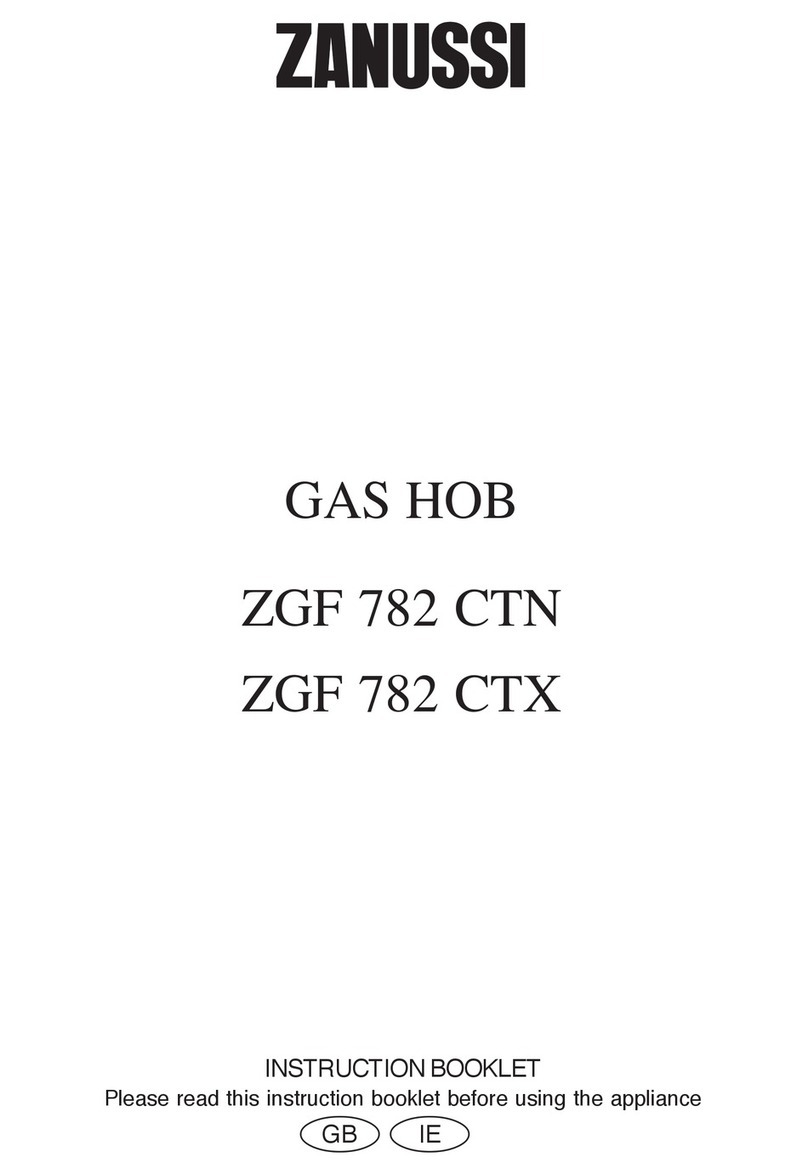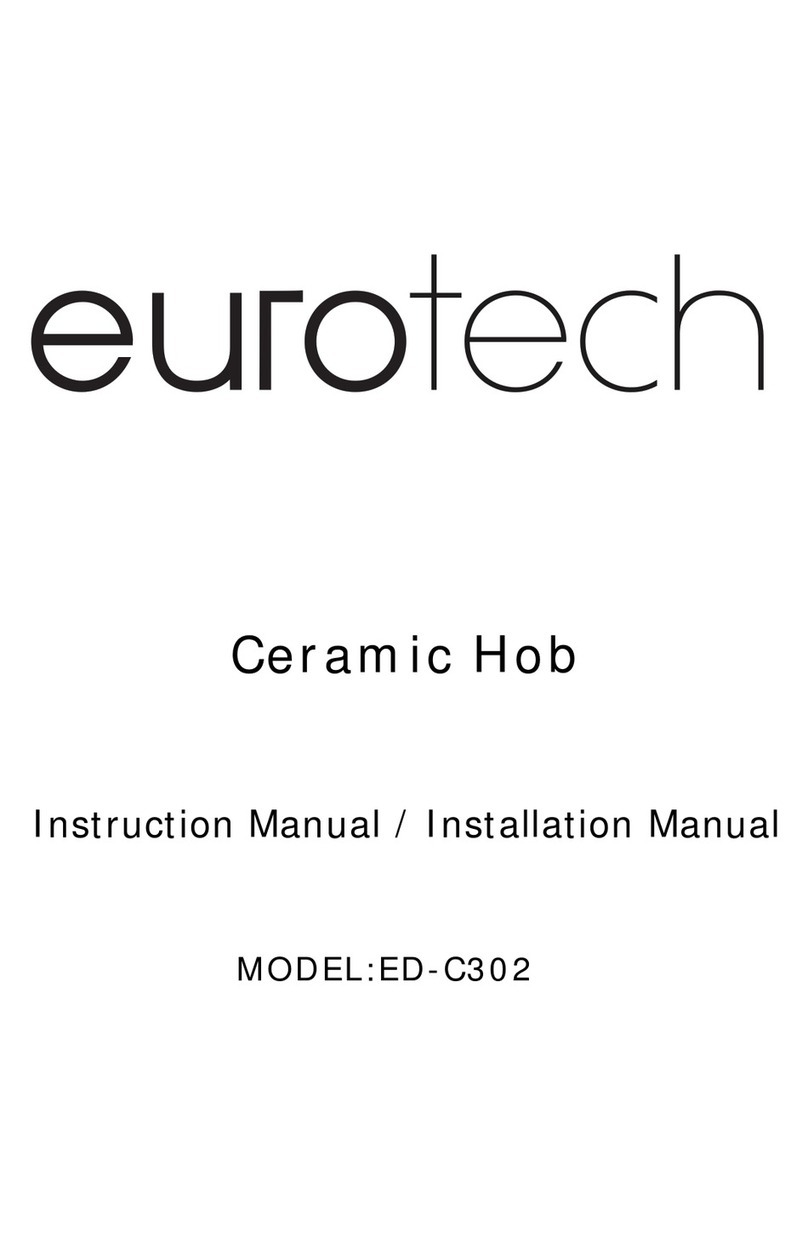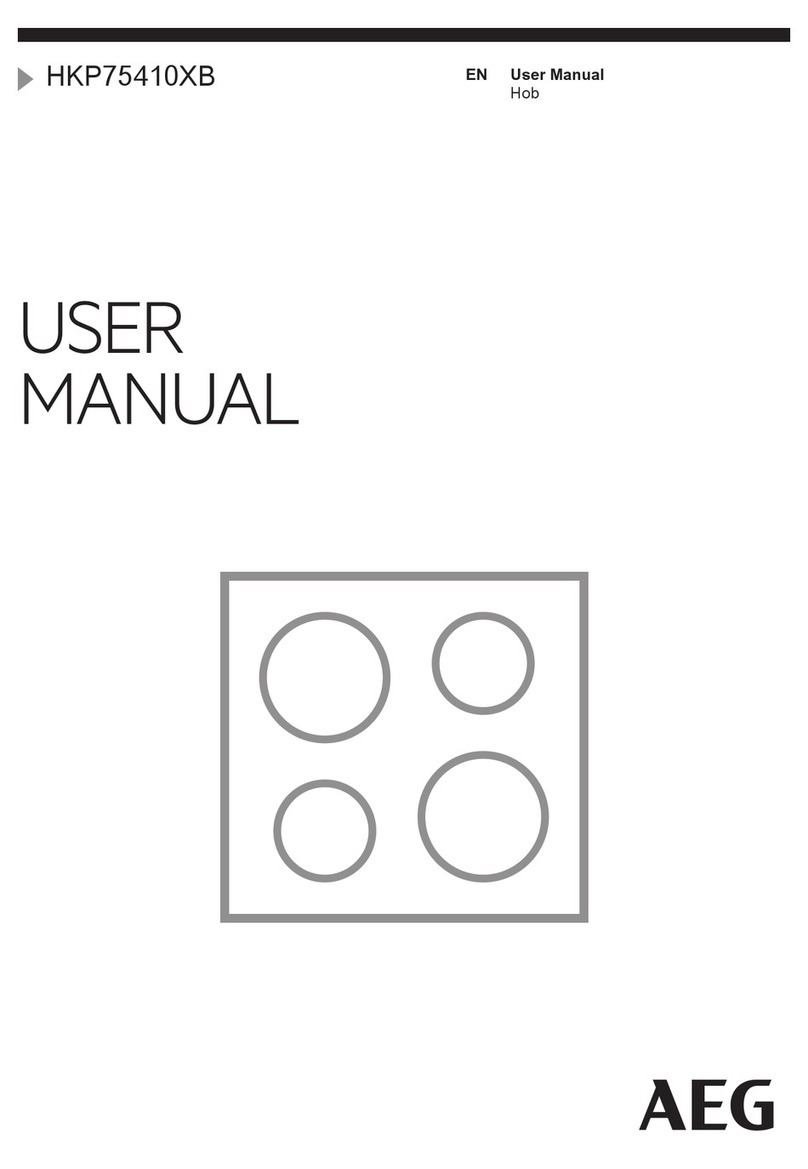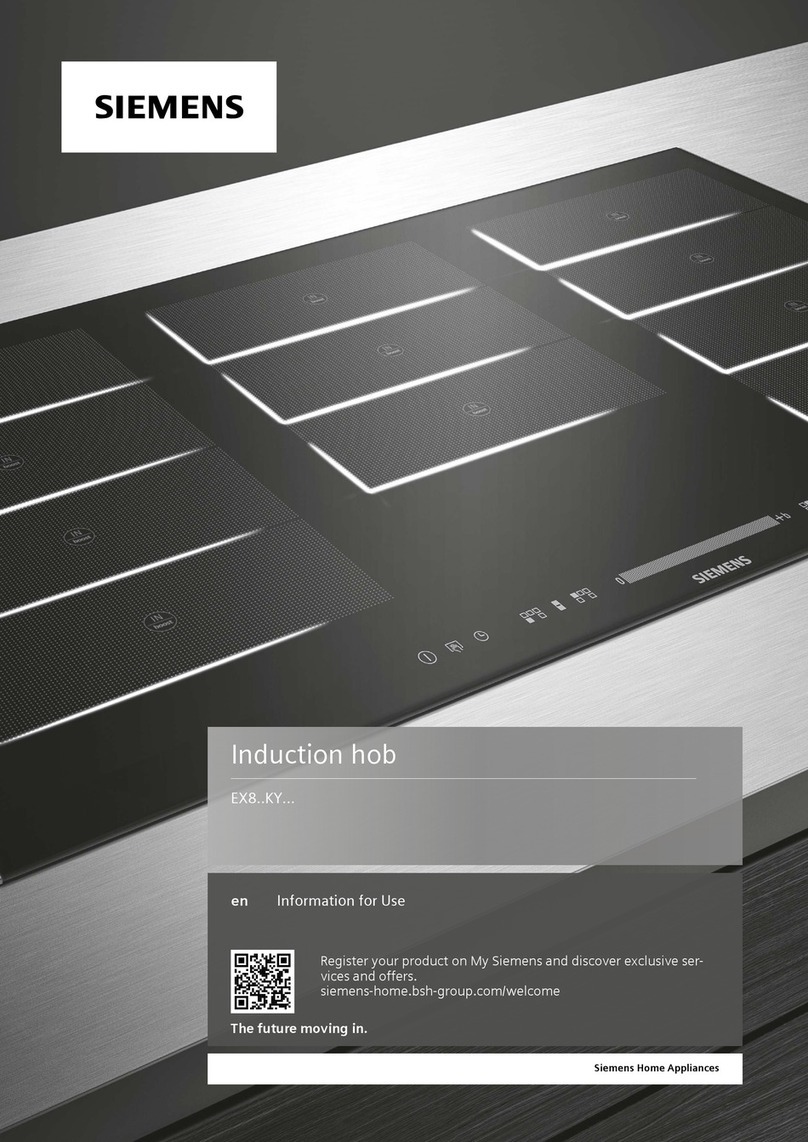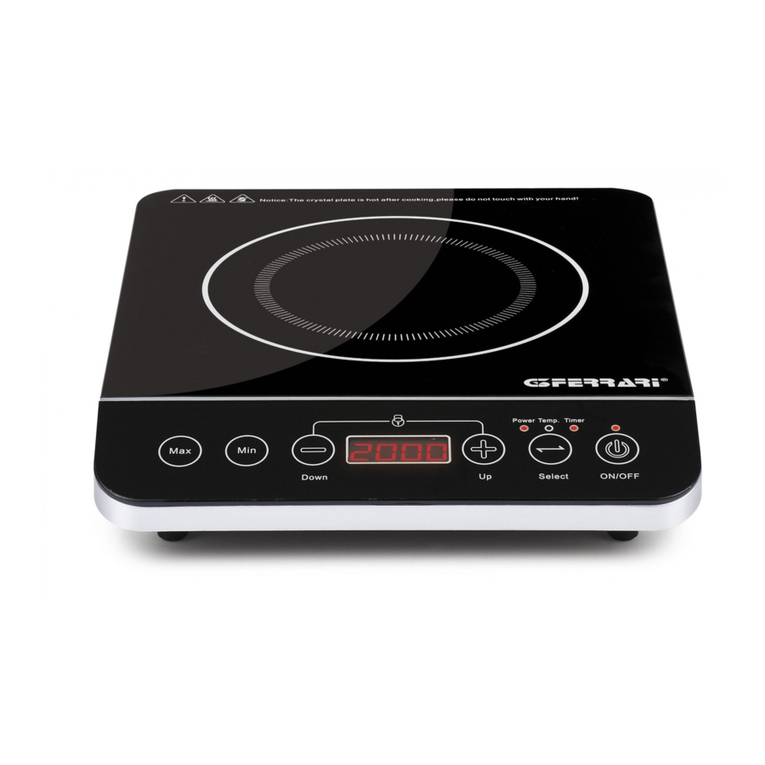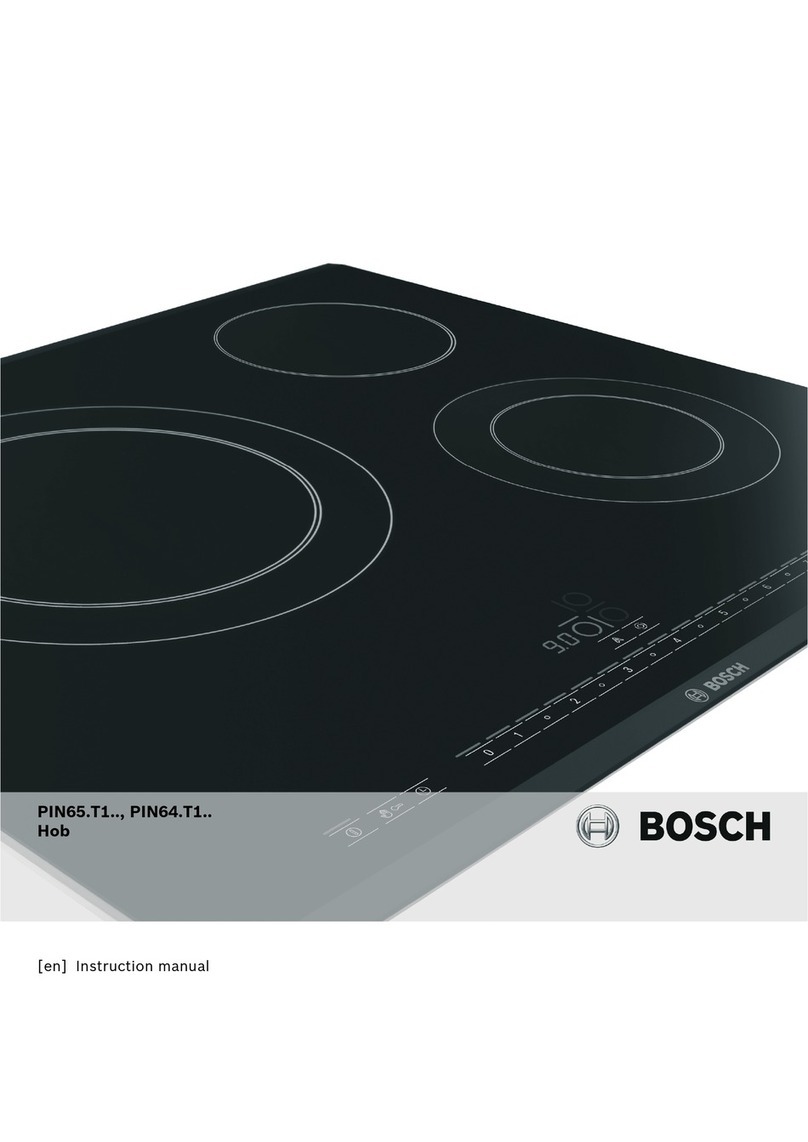
88
IMPORTANT:
•The appliance is designed and approved for domestic use only and should not be
installed in a commercial, semi commercial or communal environment.
Your product will not be guaranteed if installed in any of the above environments
and could affect any third party or public liability insurances you may have.
•This appliance is to be installed, regulated and adapted to function only by an authorised
person in compliance with the current local regulations in force and in observation of the
instructions supplied by the manufacturer.
Failure to comply with this condition will render the guarantee invalid.
•The appliance must be installed in compliance with regulations in force in your country
and in observation of the manufacturer’s instructions.
•Installation technicians must comply to current laws in force concerning ventilation and
the evacuation of exhaust gases.
•Incorrect installation, for which the manufacturer accepts no responsibility, may cause
personal injury or damage.
• This appliance shall only be serviced by authorised personnel.
•Always disconnect the appliance from mains power supply before carrying out any
maintenance operations or repairs.
•Important: The use of suitable protective clothing/gloves is recommended when
handling or installing this appliance.
•These tops are designed to be embedded into kitchen fixtures measuring 600
mm in depth, working surface 30 to 40 mm thick.
•The appliance must be housed in heat-resistant units.
•The walls of the units must not be higher than work top and must be capable of
resisting temperatures of 70°C above room temperature.
•We would point out that the adhesive which bonds the plastic laminate to the
furniture must withstand temperatures not less than 150°C to avoid delamination.
•Standard installation (not flush): Do not seal the cooktop into the benchtop with
silicone or glue; this makes future servicing difficult. The manufacturer will not
cover the costs of removing the cooktop, or of damage caused by this removal.
•Do not install the appliance near inflammable materials (eg. curtains).
WARNING!
When correctly installed, your product meets all safety requirements laid down for
this type of product category. However special care should be taken around the
underneath of the appliance as this area is not designed or intended to be touched
and may contain sharp or rough edges, that may cause injury.



